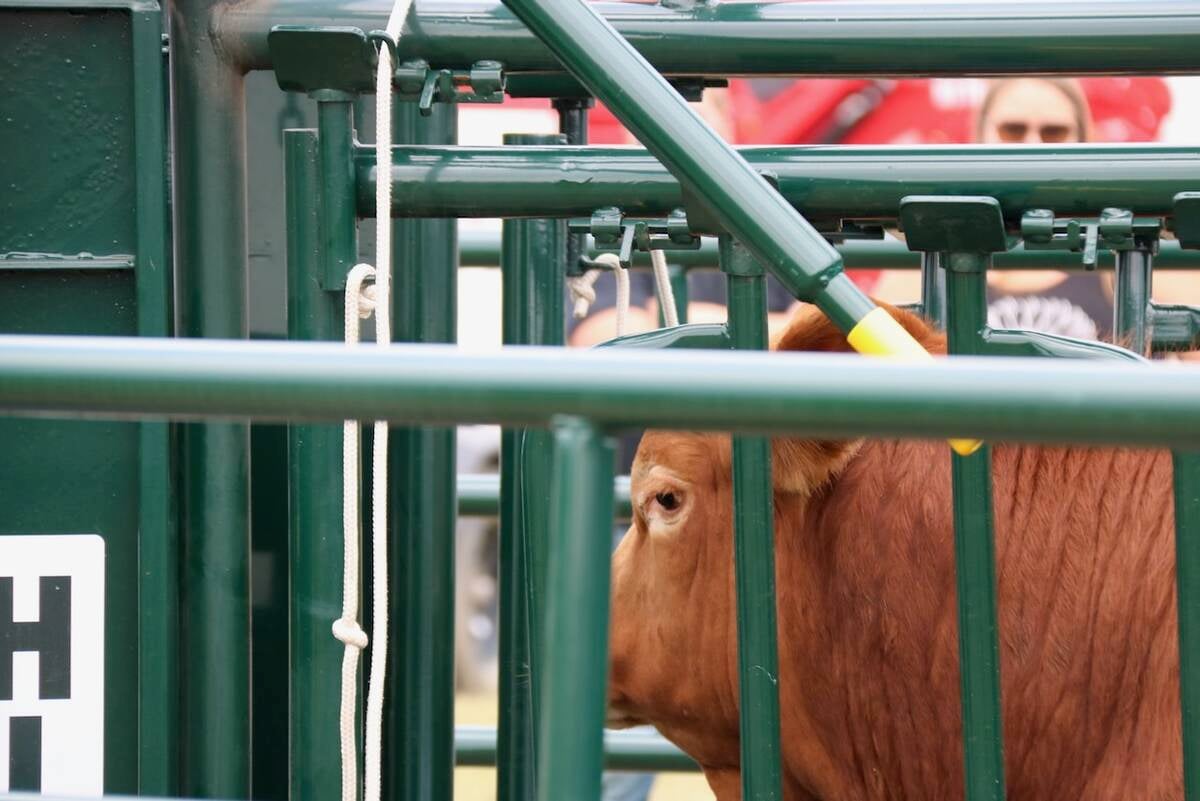Livestock production may eventually evolve into a profession rather than an industry.
“Animal production doesn’t have to be agrarian or industrial,” says David Fraser of the University of British Columbia’s animal welfare department.
“A third possibility is based on the professions.”
It takes time for a profession to evolve to a level of respectability with standards of performance, education requirements and codes of conduct, but Fraser believes this change is coming.
More retailers are asking for animal welfare and food safety verification. Being a recognized profession is a natural extension of those growing requirements from customers and the public.
Read Also

Good handling equipment a must on cattle operations
It’s important for the safety of producers and everyone else dealing with their stock that handling equipment is functional and safe.
“Animal production has really become a highly specialized occupation where there must be in many cases a higher level of competency and specialized knowledge,” he told the Alberta Farm Animal Care annual meeting in Calgary March 27.
Animal agriculture in Canada already has codes of practice and legislation to protect animals. However, there are uneven levels of performance for animal welfare be-cause of the level of professionalism among people who provide the care.
“Animal welfare depends on so much more than the physical environment,” he said. “It depends strongly on the quality of the animal, of care the animals receive, and that depends so much on the knowledge and skill and attentiveness of the producers and staff.”
New standards have been introduced for animals living in confinement, but requirements such as open housing for pregnant sows or larger cages for laying hens are only one part of the solution.
Open housing works well for chickens only if they are fed properly and parasites and diseases are controlled.
More dairies offer free stall systems, but leg injuries and lameness continue to be a problem. Lameness in dairy cattle can be better managed with more bedding, good barn hygiene, proper nutrition and kinder, gentler animal handling.
Fraser said animal agriculture can evolve into a profession because it is providing a service to the public, especially as the need for food in-creases with population growth.
“The production of food is set to look a lot more like a service than competing industrial concerns vying for market share,” he said.
A profession requires a level of competence illustrated to peers. There is a code of ethics and some form of self regulation.
This has already begun.
The SPCA and producer organizations can oversee activities and correct problems.
For example, a confidential service in Alberta called the Alert line offers a toll free number for anyone to report livestock care concerns. A team of farmers and others with knowledge of animal care is dispatched to work with the producer before the situation gets out of hand.
Most reports from last year were due to inadequate shelter, overgrazed pastures and feed shortages. More than 100 cases were handled. Most were related to the care of beef cattle and horses.















